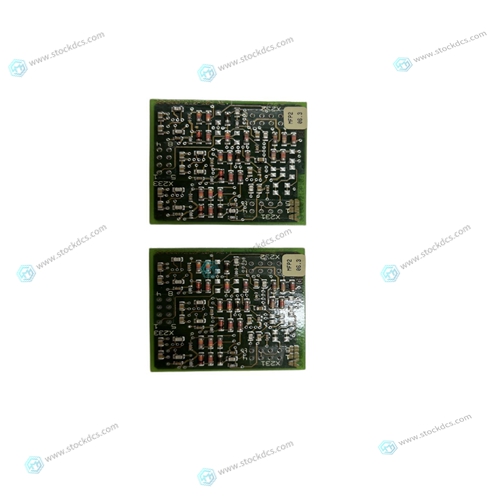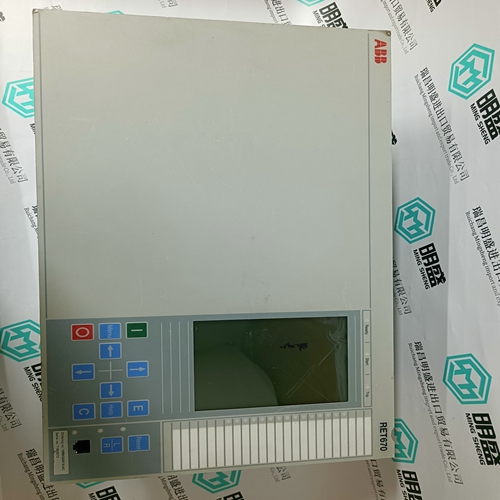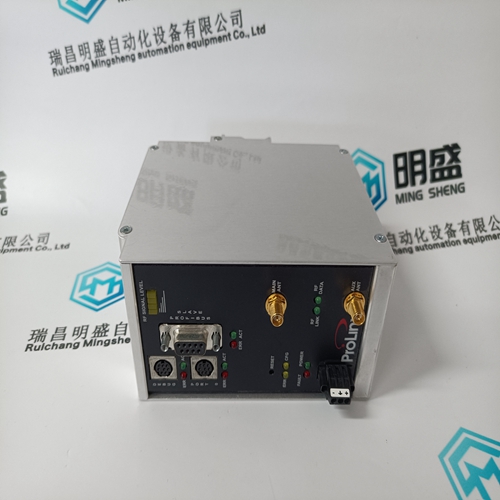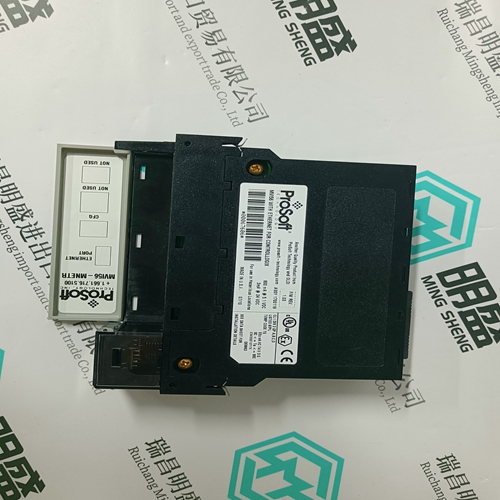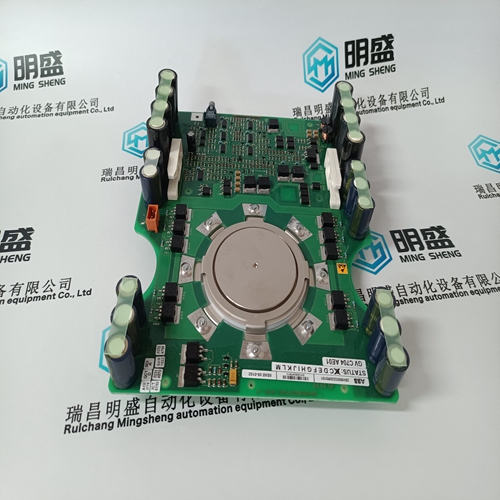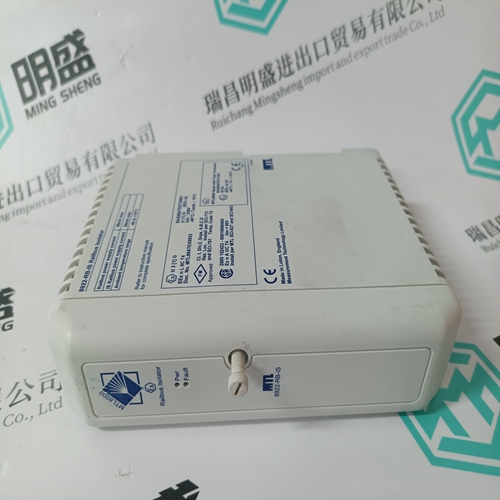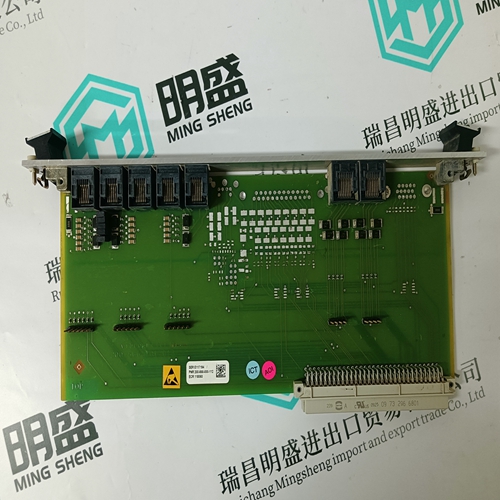Home > Product > DCS control system > ABB 3BHB007441P0001 Voltage monitoring input card
ABB 3BHB007441P0001 Voltage monitoring input card
- Product ID: 3BHB007441P0001
- Brand: ABB
- Place of origin: The Swiss
- Goods status: new/used
- Delivery date: stock
- The quality assurance period: 365 days
- Phone/WhatsApp/WeChat:+86 15270269218
- Email:stodcdcs@gmail.com
- Tags:ABB3BHB007441P0001Voltage monitoring input card
- Get the latest price:Click to consult
ABB 3BHB007441P0001 Voltage monitoring input card
Calculating the forces The PRT load cell measures bi-directionally along its measurement axis (see illustration). Once the load cell is oriented and the measurement axis determined, the force components exerted on the load cells of a roll are easily calculated as functions of the web tension, tare force, and deflection angles. Since most systems involve two load cells, the calculated forces are divided by 2 to obtain the forces exerted on each individual load cell. The illustrations on this spread show three scenarios, involving horizontal, vertical and diagonal measurement axes.
When horizontal, the measurement force (FRtot) is a function of just the tension in the web (T) and the deflection angles (α and β). Since the weight of the roll and bearings (Tare) is not sensed, the load cells can be sized to measure low tension levels even on a comparatively heavy roll. However, the perpendicular force (FVtot) – which does include Tare – should not exceed the overload rating.
When the measurement force (FRtot) is vertical
it includes the weight of the roll and bearings (Tare), and the load cell must be sized accordingly. In effect, the weight of the roll and bearings are using up some of the measurement range of the load cell. A diagonal load force orientation requires a more complex calculation. Here, the forces sensed in both the measurement direction and the perpendicular direction include a portion of the tare as well as the web tension, and the angle formed by the measurement axis and the horizontal axis (γ) enters into the calculation.
Application hint
Two 10 % application guidelines are useful in selecting load cell sizes:
1. The proportion of web tension that is actually sensed by the load cell should be at least 10 % of total web tension. For operational conditions producing values below 10 %, consult ABB.
2. During normal operation, the sensed force should not be less than 10 % of the load cell’s capacity







Application industry
The products can be used in the following industries: power plant, paper making, steel, mining, rubber, water supply, cement, chemical industry, glass, printing Textile, machinery, plastics, coatings, medicine, hospitals, food, hotels, scientific research institutions
